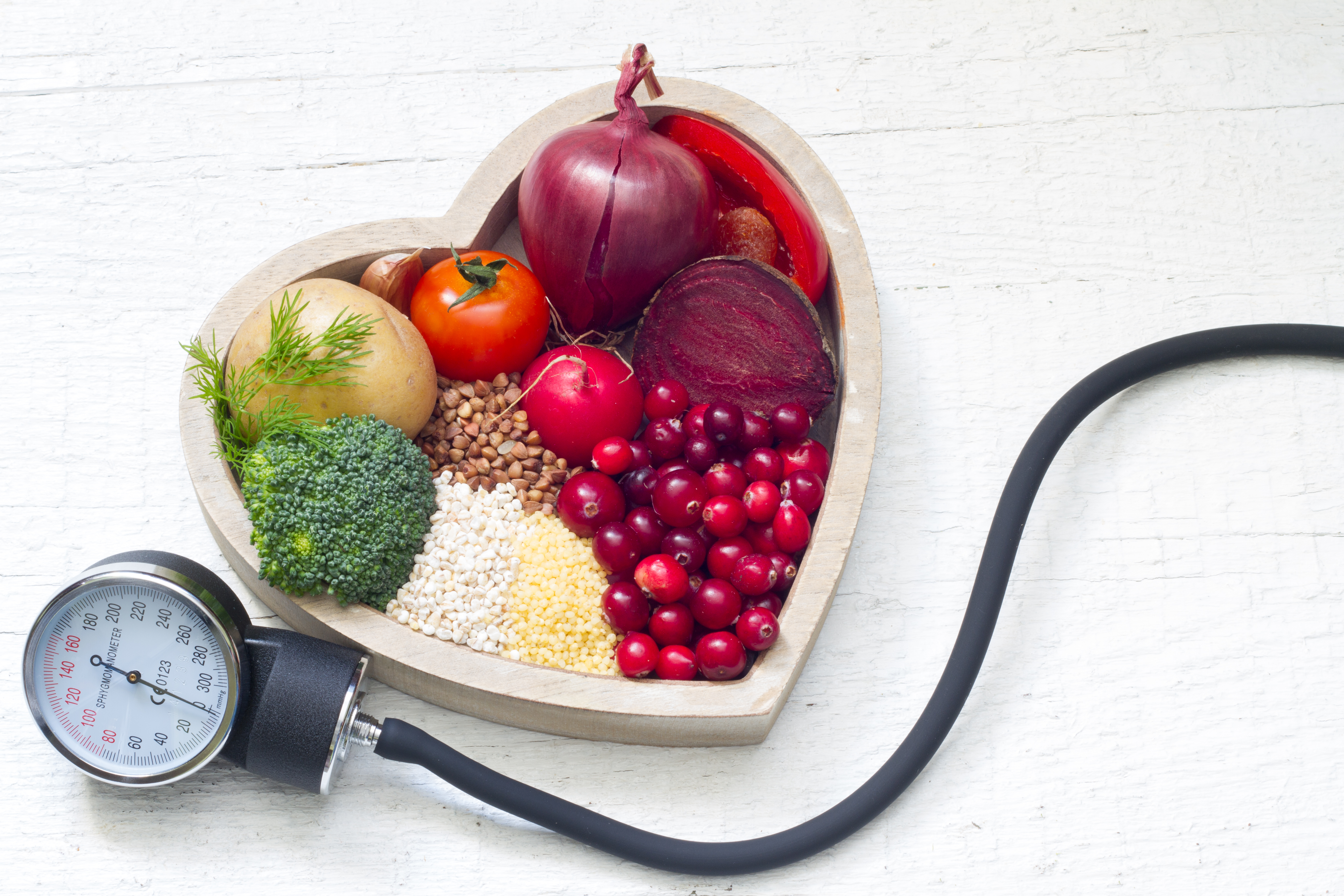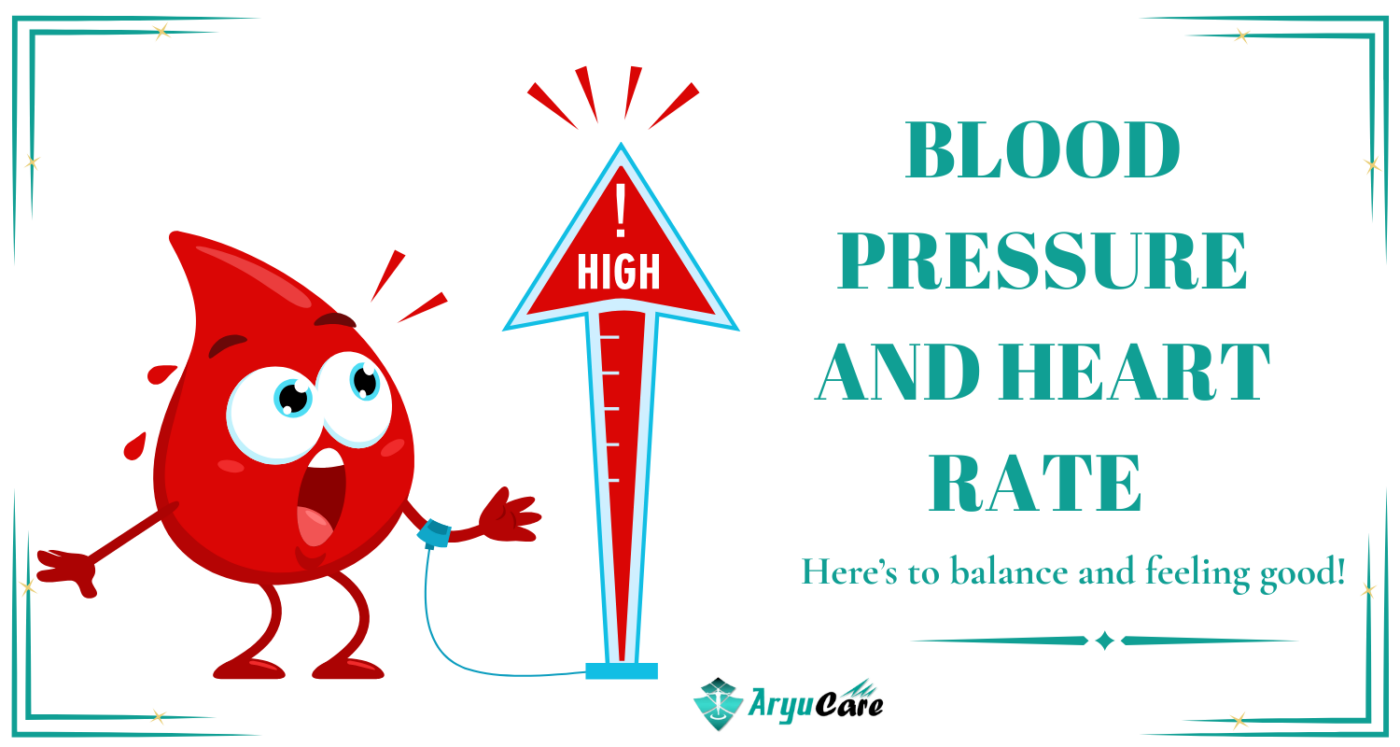Heart & Blood Pressure
Low Blood Pressure, High Heart Rate: What’s Going on with Your Body?
Experiencing low blood pressure with a high heart rate? Discover what causes this puzzling combination, when to be concerned, and how to manage symptoms for better heart health.
The Basics: Blood Pressure and Heart Rate
First, a quick rundown:
- Blood Pressure (BP): The force of blood pushing against your artery walls. Normal is around 120/80 mmHg; low is typically below 90/60 mmHg.
- Heart Rate (HR): How many times your heart beats per minute. Resting normal is 60-100 bpm; over 100 bpm is tachycardia.
Usually, low BP might slow your heart, and a fast pulse might spike pressure. So, when they flip the script low BP with high HR it’s like your body’s sending mixed signals. What’s the deal?

Why Low BP and High HR Happen Together
Your heart and blood vessels are a team, constantly adjusting to keep blood flowing and oxygen delivered. When pressure drops, your heart often speeds up to compensate pumping faster to push blood where it’s needed. Here’s what might be triggering this tag-team:
1. Dehydration
- What’s Happening: Less fluid in your system shrinks blood volume, dropping pressure. Your heart races to circulate what’s left.
- Clues: Dry mouth, dark urine, or feeling parched after a sweaty day.
- Why: Losing water from heat, exercise, or not drinking enough throws things off.
2. Postural Orthostatic Tachycardia Syndrome (POTS)
- What’s Happening: Standing up shifts blood to your legs; if your body can’t adjust, pressure dips, and your heart revs up (30+ bpm jump).
- Clues: Dizziness, shaky legs, or a racing pulse within 10 minutes of standing.
- Why: Common in younger adults, especially women, tied to autonomic nervous system glitches.
3. Blood Loss or Shock
- What’s Happening: Bleeding (internal or external) cuts blood volume, tanking pressure. Your heart pumps faster to compensate.
- Clues: Pale skin, cold sweats, or rapid breathing after injury or heavy periods.
- Why: Less blood means less pressure your hearts in overdrive to keep you going.
4. Stress or Anxiety
- What’s Happening: Adrenaline surges spike your heart rate; blood vessels might dilate, dropping pressure.
- Clues: Racing thoughts, sweaty palms, or a pounding chest during panic.
- Why: Fight-or-flight mode can misfire, confusing your cardio system.
5. Medications or Health Conditions
- What’s Happening: Drugs like diuretics (for BP) or beta-blockers (tweaked doses) can lower pressure, prompting a fast pulse. Conditions like anemia (low red blood cells) or thyroid issues (hyperthyroidism) can mimic this too.
- Clues: New meds or feeling off with fatigue, weight loss, or weakness.
- Why: External tweaks or internal imbalances disrupt the norm.
Is It Dangerous?
Not always but context matters:
- Mild Cases: Dehydration or standing too fast might just need a quick fix.
- Red Flags: If you’re fainting, chest pain hits, or breathing’s tough, it’s serious think shock or heart issues. Call 911.
- Chronic Vibe: POTS or ongoing symptoms signal a deeper dive with a doctor.
Normal for some (e.g., athletes) can be low BP and high HR at rest, but sudden shifts aren’t. Listen to your body.

What’s Going on Inside: The Body’s Playbook
Here’s the science:
- Baroreceptors (Pressure Sensors): In your arteries, these detect low BP and signal your brain.
- Sympathetic Nervous System: Kicks in, telling your heart, “Speed up!” hence tachycardia.
- Blood Flow Goal: Faster beats aim to maintain oxygen delivery despite less pressure.
It’s a survival move your heart’s hustling to keep you upright and alert. But if the cause lingers (e.g., dehydration), the fix isn’t just “pump harder” it’s addressing the root.
What to Do About It: Your Action Plan
Feeling this combo? Here’s how to tackle it, step by step:
1. Hydrate Like a Pro
- How: Sip 2-3 liters of water daily add electrolytes (sports drinks or a pinch of salt) if you’ve been sweating buckets.
- Why: Boosts blood volume, easing pressure drops and calming your heart.
- Quick Fix: Down 16 oz of water now studies show it can lift BP in minutes.
2. Sit or Lie Down
- How: If dizzy, plop down or elevate your legs let gravity help blood flow back to your brain.
- Why: Stops the heart from overcompensating; buys time to assess.
- Tip: Avoid sudden standing rise slowly from bed or chairs.
3. Check Your Numbers
- How: Use a home BP cuff (arm, not wrist, for accuracy) and count your pulse (wrist or neck, 15 seconds x 4).
- Normal-ish: BP <90/60 mmHg + HR >100 bpm confirms the pattern.
- Why: Data helps you and your doc pinpoint the cause log it.
4. Eat Smart
- How: Small, salty snacks (pretzels, olives) raise BP; protein (nuts, eggs) steadies’ energy. Avoid big, carb-heavy meals that drop pressure post-digestion.
- Why: Salt retains fluid; steady fuel keeps your system balanced.
- Try: A banana potassium helps heart rhythm without crashing BP.
5. See a Doctor If It Sticks
- When: Symptoms linger (days/weeks), worsen, or pair with fainting, pain, or confusion.
- Tests: Blood work (anemia, thyroid), ECG (heart rhythm), or tilt-table test (POTS).
- Why: Rules out biggies shock, infection, or autonomic disorders need pro care.

Long-Term Fixes: Keep It Steady
- Compression Gear: Knee-high stockings (15-20 mmHg) prevent blood pooling in legs POTS lifesaver.
- Exercise Smart: Light cardio (walking, swimming) 20-30 min, 5 days a week builds BP resilience without overtaxing.
- Stress Less: Deep breathing (5 counts in, 5 out) or meditation cuts adrenaline spikes.
- Meds Check: Review with your doc diuretics or BP drugs might need tweaking.
Blood Pressure for Medicine (BP drugs)
Final Thoughts: Tune Into Your Body
Low blood pressure with a high heart rate isn’t just quirky it’s your body waving a flag. Dehydration, stress, or something like POTS could be pulling the strings. Start with water, rest, and a check-in; escalate if it’s more than a blip. You’re not stuck small moves can calm the storm. Ever felt this combo? Share below I’d love to hear your story!
Here’s to balance and feeling good!


